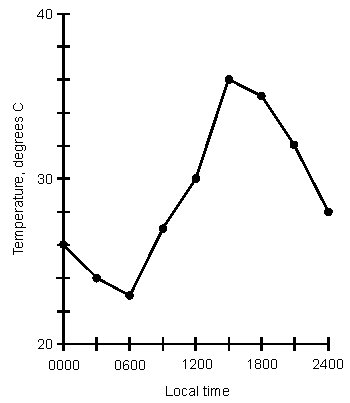...Bohr's Model
Bohr theory is the most well known and used.
-Electrons exist in orbitals
-when they absorb energy they move to a higher orbital
-as they fall from a higher orbital to a lower one they release energy as a photon of light
-atoms are electrically neutral
-two different models can be used to describe electron configuration
-energy level model
-Bohr model

